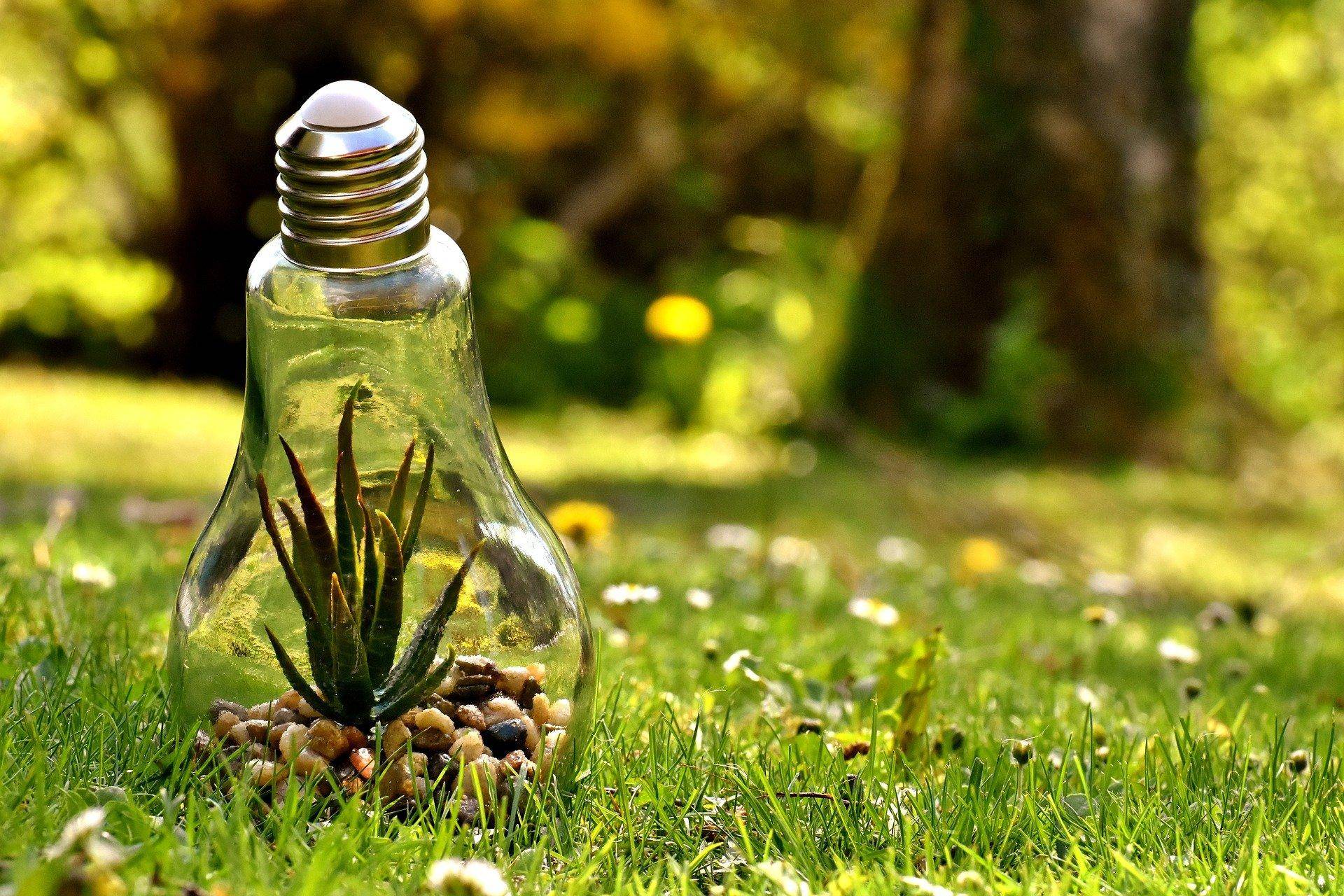It’s no secret that human beings have negatively affected their environment. Our harmful activities have damaged this planet’s climate. The pollution and carbon emissions produced by our industrial endeavors haven’t helped the cycle of life, and we have contributed to deforestation, ozone layer depletion, and severe weather conditions. Environmental sciences seek to suggest possible treatments to save the earth before it becomes inhabitable for our species. Let’s discuss factors threatening the climate.
Threats and dangers to the environment
The entire planet is interrelated and co-dependent. Humans need oxygen to survive, so they exhale carbon dioxide. Plants need to inhale carbon dioxide, and, in return, they exhale oxygen. Bacteria decompose dead living organisms. Plants make their food, and herbivores consume these plants to gain energy. If you disrupt this cycle, the consequences will harm life on earth. Specific threats the land is currently facing are:
- Deforestation
- Different types of pollution
- Melting Ice-caps
- Loss of biodiversity
- Oceanic dead zones
- Population growth
- Depletion of natural resources
Importance of environmental sciences
Environmental studies try to understand humankind’s interactions with its surroundings and our impact on the earth’s climate. We study stuff like climate change, natural resources, and energy pollution in this subject. The goal of an environmental scientist is to improve the relationship between man and his environment. They find ways to protect the environment from destruction, meanwhile preserving the human species. There are also many disciplines within this science, such as:
- Sustainability deals with finding sustainable and environment-friendly sources of energy for an organization. A sustainability degree allows you to work for a cleaner and healthier world.
- Atmospheric science deals with the study of our planet’s soaring temperature. These scientists observe how human and animal carbon emissions contribute to global warming.
- Ecologists study how living organisms affect each other. In ecology, you learn how one species (humans usually) influences another species’ whole environment.
- Geoscience is a sort of planetary science in which you study the earth’s chemical and physical properties. It takes into account factors threatening to change the earth’s climate.
- Environmental chemistry refers to the study of chemical processes that occur in nature. Environmental chemists study the human influence on these chemical processes.
Breakthroughs in environmental sciences
- Tracing the origins: Scientists claim they had discovered when humans first started messing with their environment. It seems that we’ve begun harming our surroundings earlier than previously assumed. A group of more than a hundred archaeologists claimed that humans caused environmental change 3,000 years ago. On the positive side, we’ve also discovered the oldest fossil in the world. This fungus Tortotubus, appears to be 440 million years old.
- Plants’ thermometers: Plants, bacteria, and fungi have a particular form of photoreceptors and phytochromes. Plants use them as thermal sensors and survive seasonal heat shifts. Phytochromes detect sunlight during the daytime and become bio-thermometers at night and use temperature to grow. Scientists hope to understand the effect of climate change on plants with such fresh knowledge.
- Carbon dioxide stones: In 2012, scientists in Iceland successfully turned carbon dioxide into solid rocks. The natural process of turning this gas into stone takes thousands of years. But synthetic solidification of CO2 only took two. Cooling lava forms porous basalt rocks into which scientists injected this gas. Carbon dioxide gradually transformed into carbonate minerals. This breakthrough was published in 2016 and immediately received the world’s attention.
- New species of eel: Humans admit that many species thriving on earth are still unknown and untraced. An old study confirmed that our planet was home to more than 8 million species. In that case, scientists had only cataloged almost 15% of species surrounding us. Electrophorus voltaic is capable of discharging 860 volts of electricity. Scientists have called it nature’s most robust bioelectric generator.
- Ecological sanitation: Its abbreviation is eco-san. It deals with the environmentally-safe management of human waste with little or no water. This toilet treats waste to remove any odor from it. Then this waste can be useful as some fuel or fertilizer. This system is ideal for a place where water is available with much difficulty.
- Human-bird collaboration: Can you imagine humans and birds fighting honeybees together? In sub-Saharan Africa, we have a species of birds called honeyguides. They eat wax from beehives but dare not approach honey bees due to the fear of getting stung. So, they have learned to call humans for help. Humans aren’t capable of quickly finding beehives, but we have the means to drive honey bees away. We get the honey, and honeyguides eat the beeswax.
- Energy from rainfall: We’ve heard of natural energy sources such as wind, water, sun, biogas, and the earth’s core. But China developed a technique to turn raindrops into energy sources. In 2018, some Chinese scientists integrated a solar cell with a specially-constructed device. This device uses the motion of the raindrops to generate electricity. Solar cells need ideal weather conditions to operate. But this rainfall method works well in areas where sunlight is scarce.
Conclusion
There is compelling scientific evidence available that proves climate change is real. Earth’s average surface temperature has suffered a 0.9 degrees Celsius increment, and Oceans have observed much of this heat and have warmed up. Greenland and Antarctica are rapidly melting. Glacier retreat has contributed to an 8 inches rise in sea level. Therefore, we’re observing an unnatural and harmful change in our environment. This change needs the help of science to get cured.
